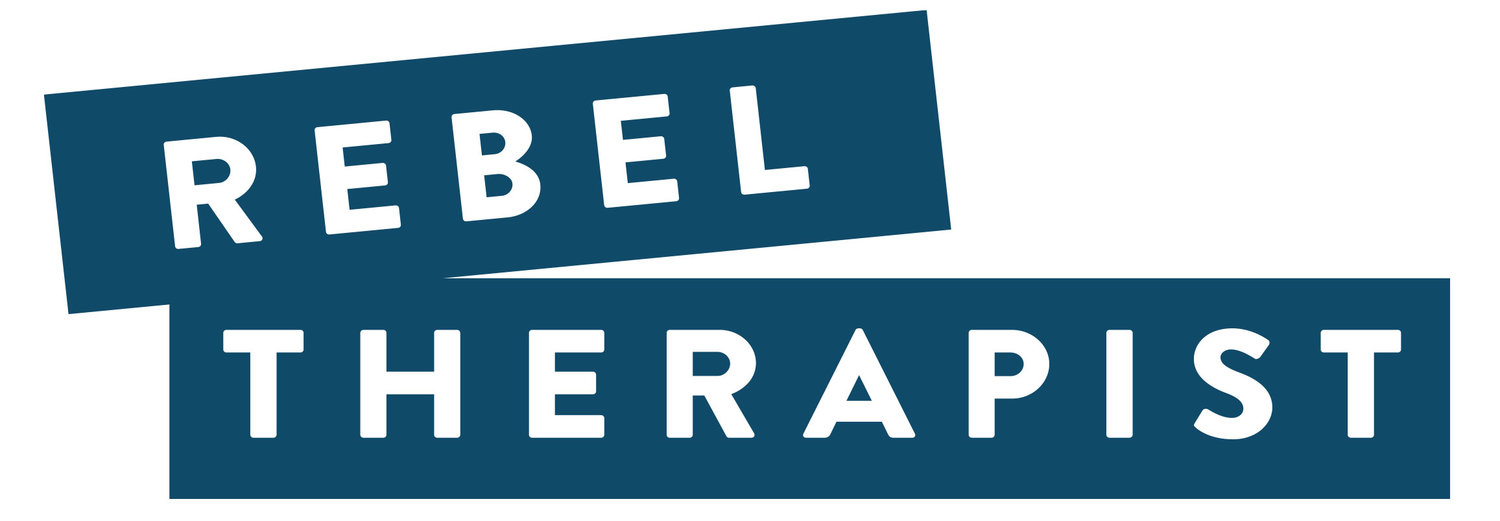You may be losing great potential clients without realizing it. You put a lot of thought into your services, and you work hard to ensure that you are giving excellent care. You may be paying too little attention to what comes first. If you put more thought into the process your potential client goes through before they get to the first session, you’ll get to work with more great clients.
Some large Businesses will spend a lot of money on mystery shoppers to evaluate their customer service. Managers can’t be objective about what the experience is like for their customers, so they bring in these spies to help them find out. The best way to identify the weak spots in customer service is to hear from a person experiencing the business as a customer.
What do you think a mystery shopper would tell you about your practice?
I’m not suggesting you hire a mystery shopper, but I do suggest that you take a step back and examine what your potential clients experience before they meet you. You can do a friendly audit of your own intake process to find out where you might be losing potential clients.
Start by looking at the first places where a potential client finds you.
Perhaps a potential client finds your website. Make sure that your website is welcoming and clear. The potential client should easily know what to do next. Provide a way for the client to schedule online or at least fill out a form right there on the site. Some potential clients find that easier than writing an email or calling. You want to remove as many barriers as possible.
Perhaps the potential client learns of you through another professional or friend, so the first contact is by phone. Make sure your outgoing message is clear and welcoming. Let potential clients know in that message what to expect next. Have a friend listen to your outgoing message and give you feedback on your tone and the clarity of your process. Some people avoid phone tag at all costs, so let them know how to email you or schedule online in your outgoing message. Consider how long the person needs to wait to get a call back. If they hear from another therapist first, they will likely work with that therapist.
Some clients will reach out by email. Assume they are emailing other therapists as well, so write back quickly. Examine the tone of your return emails, and always show your concern for the potential client. Don’t just mention logistics, or the person may feel that you don’t care.
We’ve just covered the key parts of the intake process before the client talks to you. Next time I’ll talk about the steps from the first conversation until their first appointment. I’ll also give you a checklist so that you can examine your entire intake process.
Do you need help making changes to your intake process? Set up a free consultation now.










